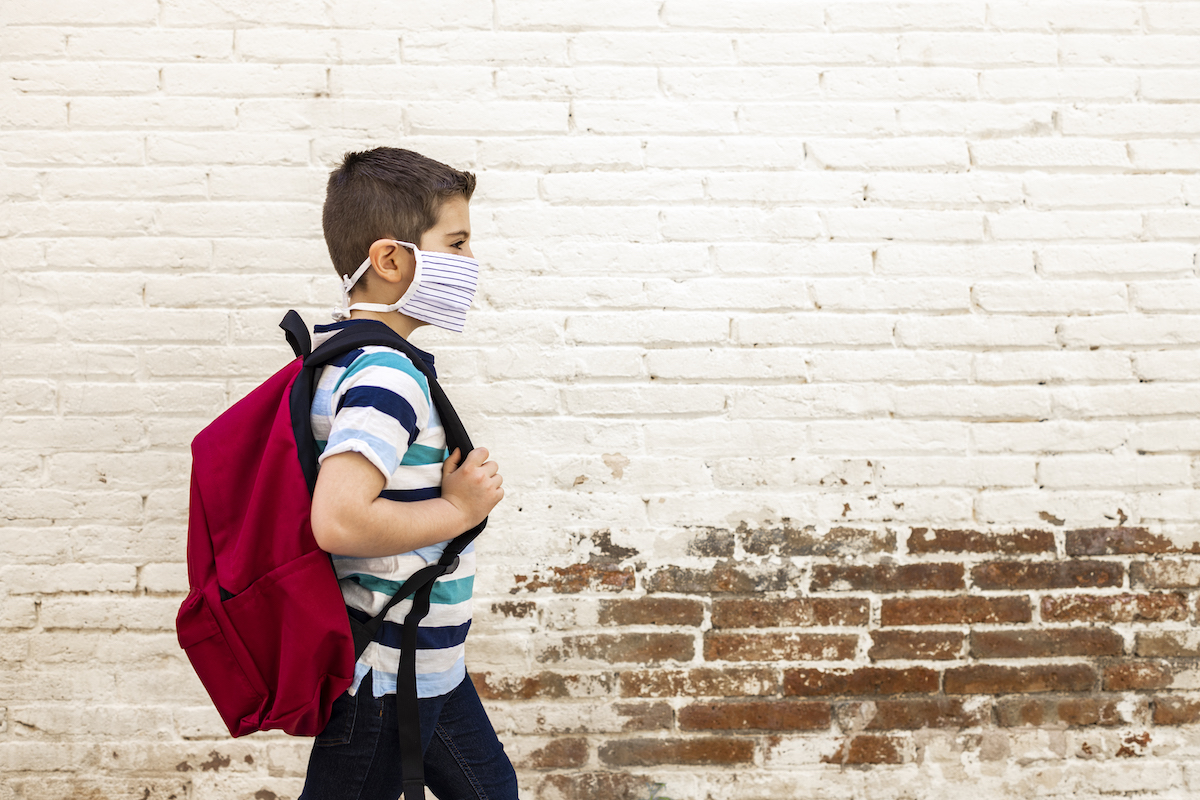Covid-19 had been having adverse effects on families, and that includes foster families as well. According to the Department of Health and Human Services, over 400,000 children are currently in foster care in the United States. Children and foster families haven’t only felt the pandemic’s effect; the whole foster care system has been affected.
To make matters worse, many foster care facilities already had a lot of problems even before the pandemic. The pandemic has further tested an already heavily strained system.
Delays in permanency
Most children go into various foster care agencies across California intending to reunite with their biological family. The federal and state laws state that all children have the right to have a permanent family. It harms the children when they wait for too long before going back home. Their biological parents have around 12 to 15 months to make an effort towards unification. Some of the ways they work towards this are by completing relevant services such as rehab and attending visits with their foster care children. If these conditions are not met, then the children are made eligible for adoption.
With the pandemic, it has been harder for parents to meet most of the requirements making reunification hard. The first way it’s doing so is that the in-person visitations have had to be paused. Most children in foster care have many chronic diseases, and therefore, they’re more vulnerable to getting infected with Covid-19. Their parents are older and hence vulnerable too. There is an increased potential of spreading the virus among the children plus between children and parents. The second way their moving is delayed is through providers discontinuing services due to the pandemic. This makes it hard for their biological parents to complete all of the services required.
Online learning for foster children
Most children in care suffer from losses to in-person instruction. Most of the children who go into foster care have learning disabilities or are academically delayed. This makes it harder for them to learn than children who haven’t experienced neglect or abuse. The delays are sometimes caused by changing schools and changes in school schedules and curriculum. Therefore, online learning for children and youth in foster care can be extremely challenging, especially for those with learning disabilities. The children who are academically delayed need more one-on-one support in learning and tutoring as well. This is very hard with the pandemic since social distancing is required. Normalcy is usually not something foster children have; they’re highly deprived of it. They do not often do everyday things like interacting a lot, developing friendships, robust connections, and interests and skills. Most of the opportunities to achieve these things are provided through schools, and the pandemic has become a hindrance.
Most of the consequences that develop from that may be much more pronounced for the children who are in foster care. Youths in care can do well through connections with peers and adult mentors. It helps with creating more successful outcomes among the youths in care. The substitution of in-person learning with learning hubs is a great way to reach kids in care than online classes. This is instructional learning in small groups. Therefore it allows safe socialization and education.

























